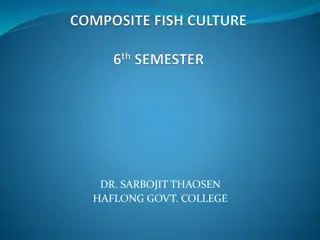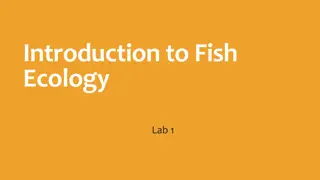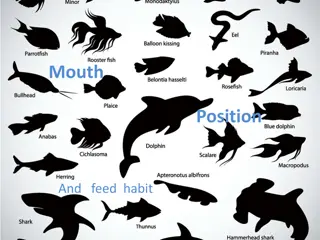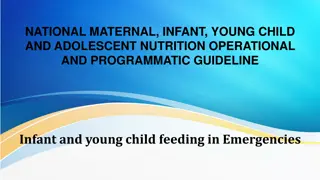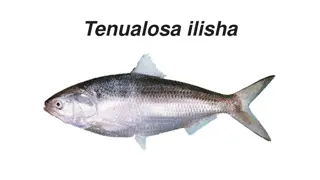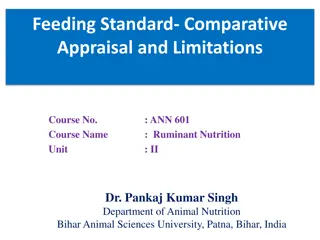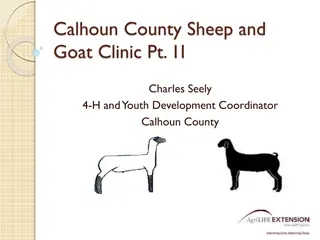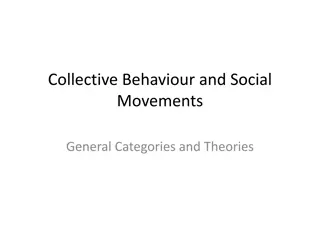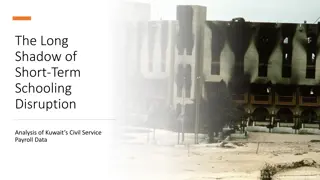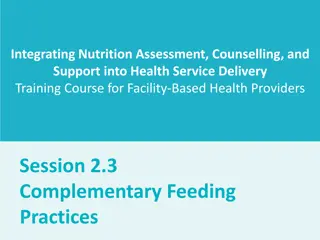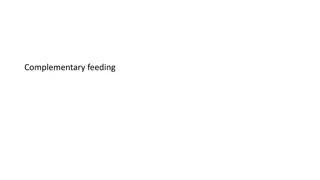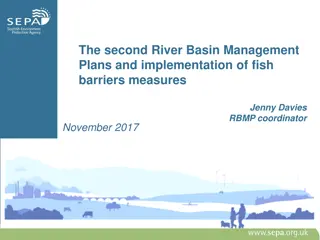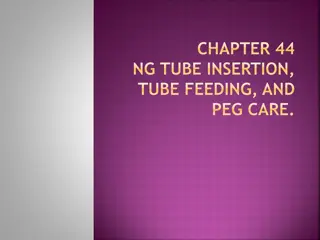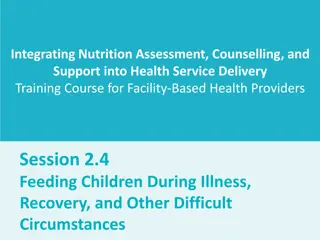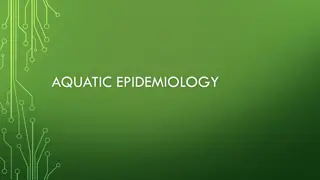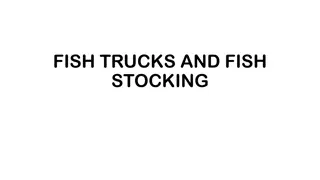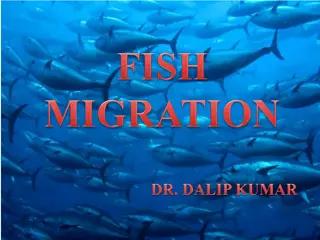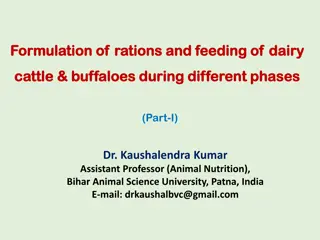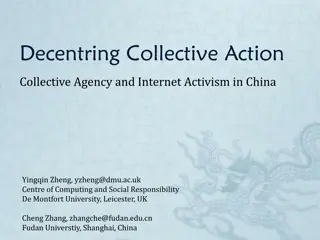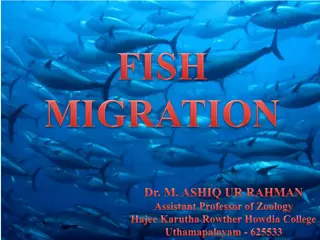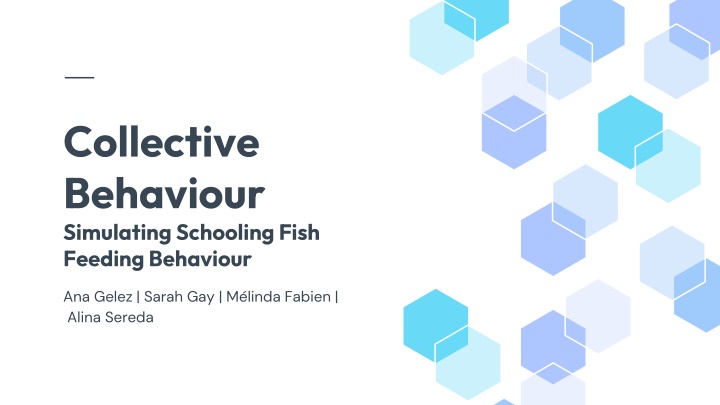
Optimizing Fish Feeding Distribution for Aquaculture Study
Explore a study on simulating fish schooling behavior for feeding in aquaculture settings. Discover the methodology, feeding and growth simulations, results, and insights gained from testing different feeding distribution sizes and shapes.
Download Presentation

Please find below an Image/Link to download the presentation.
The content on the website is provided AS IS for your information and personal use only. It may not be sold, licensed, or shared on other websites without obtaining consent from the author. If you encounter any issues during the download, it is possible that the publisher has removed the file from their server.
You are allowed to download the files provided on this website for personal or commercial use, subject to the condition that they are used lawfully. All files are the property of their respective owners.
The content on the website is provided AS IS for your information and personal use only. It may not be sold, licensed, or shared on other websites without obtaining consent from the author.
E N D
Presentation Transcript
Collective Behaviour Simulating Schooling Fish Feeding Behaviour Ana Gelez | Sarah Gay | M linda Fabien | Alina Sereda
01 Introduction
Introduction It can be challenging to estimate best living conditions for fish in aquaculture since tests may harm animals. Our work is based on an interesting paper which tested three feeding distribution sizes by simulating a fish tank. We extended it by adding three more shape of distribution zones to know if there were more optimized configurations. Visualization of the paper we extended
02 Methods How did we implement our solution ?
How the simulation works ? Main characteristics : Software : Godot with GDScript Tank : 3 m diameter and 1.5 meter depth Two main phases for 100 individuals : Feeding (~ 10s) Growth (~ 50s) Duration : 90 days
Movement model of the fish Fish behaviour Separation Alignment Cohesion Approach towards food Boundary avoidance Random movement
Feeding simulation Food is drop in the tank everyday in a zone chosen beforehand : Square shaped Line shape Cross shape Circle shape Each zone has three possible sizes : 0.5m 1m 1.5m Illustration of food areas (in green) for a size of 1.5m
Growth simulation Depending on the quantity of food ingested by the fish in the feeding phase, it will experience varying degrees of growth. It s calculated thanks to allometric equation and FCE :
03 Results Explanation and comparison of the results
1. First Test explication Testing of three types of square feeding distributions : Feeding A : diameter 0.5m Feeding B : diameter 1m Feeding C : diameter 1.5m
1. First Test Results Consequently, the difference in total body mass among the three feeding methods was not significant regardless of the feeding area.
1. Extension test results Line shape Cross shape Circle shape
04 Discussions
Discussions Replace FCE? Replace FCE? Two different fish Two different fish populations populations Naive approach to fish growth DEB is an alternative model One with little variance The other with both big and small fishes Both could be useful depending on what we want
Conclusion We reproduced the results from the paper by re-implementing it with Godot We added new ways of feeding fishes It allowed us to discover a way to have fishes of more similar sizes
Thanks! Do you have any questions? Slidesgo Slidesgo, and Freepik CREDITS: CREDITS: This presentation template was created by Slidesgo includes icons by Flaticon Flaticon Flaticon, and infographics & images by Freepik Freepik

